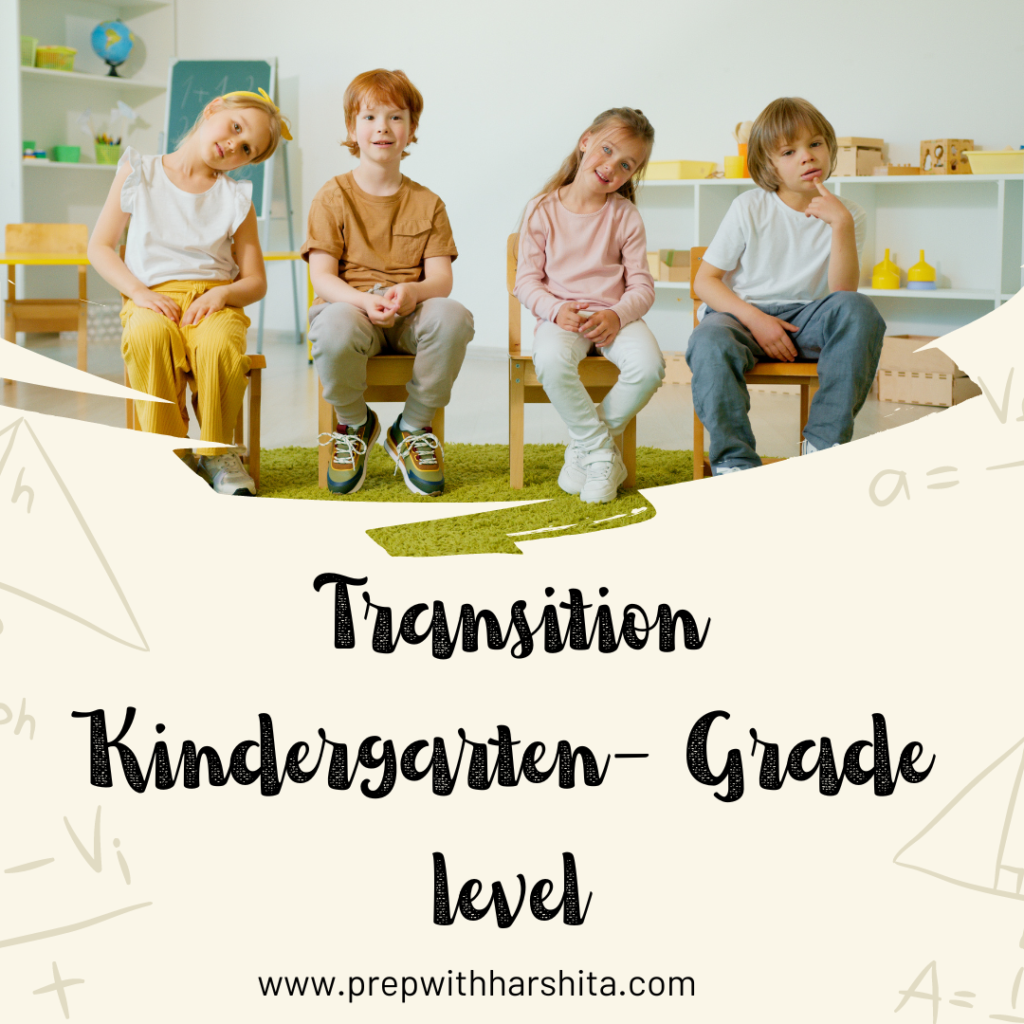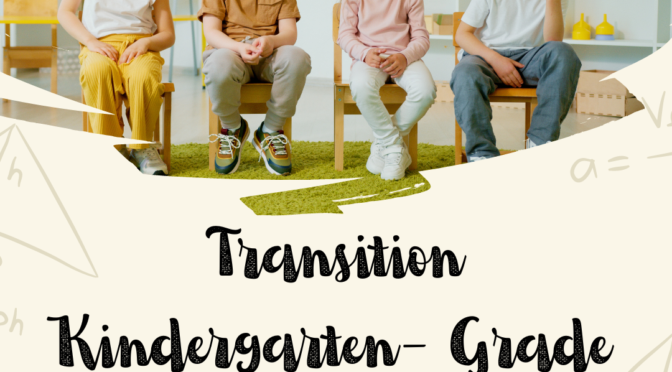Transitional Kindergarten (TK) is an educational program that serves as a bridge between preschool and kindergarten. It is designed for children who may benefit from an additional year of preparation before entering traditional kindergarten.
- In the United States, TK is typically for children who turn five years old between a specific date (often in the fall) and the cutoff date for kindergarten enrollment. The cutoff dates vary by state and district. TK is not available in all states and is more commonly found in California.
- The curriculum in TK focuses on foundational skills that prepare children for kindergarten. It may include language and literacy development, math concepts, social-emotional skills, fine motor skills, and basic classroom routines. The emphasis is on fostering socialization, independence, and a love for learning.
- TK classrooms often have smaller student-to-teacher ratios, allowing for more individualized attention and support. Teachers in TK use age-appropriate teaching strategies and provide a nurturing environment that promotes exploration, creativity, and problem-solving.
Few Features of Traditional Kindergarten Grade Level:
- Purpose and Benefits: TK is designed to provide an additional year of development and preparation for children who may benefit from more time before entering traditional kindergarten. It aims to support children in developing essential skills and readiness for academic success. Some potential benefits of TK include enhanced social-emotional skills, improved language and literacy abilities, stronger foundational math skills, and increased school readiness.
- Age Eligibility: TK is typically offered to children who turn five years old between a specific date (often in the fall) and the cutoff date for kindergarten enrollment. The specific age eligibility criteria can vary by state, district, or even individual schools. It’s important to consult with your local education authorities to determine the age requirements for TK in your area.
- Curriculum and Instruction: The TK curriculum focuses on foundational skills necessary for success in kindergarten and beyond. It may include activities and lessons in areas such as language and literacy development, basic math concepts, fine motor skills, social-emotional learning, and early science and social studies exploration. Teachers often use developmentally appropriate teaching strategies to engage students and promote active learning.
- Classroom Environment: TK classrooms are typically designed to create a nurturing and supportive learning environment. They may feature age-appropriate materials, learning centers, and a variety of educational resources to engage students. Teachers in TK often emphasize play-based learning, hands-on activities, and collaborative experiences to foster the development of social skills, critical thinking, and problem-solving abilities.
- Teacher-Student Ratio: TK classrooms often have lower teacher-student ratios compared to traditional kindergarten classrooms. This allows teachers to provide more individualized attention, support, and differentiated instruction to meet the unique needs of each student.
- Duration and Schedule: The duration and schedule of TK programs can vary. Some TK programs are full-day, operating on a similar schedule to kindergarten, while others may be half-day, providing shorter instructional periods. The specific hours and days of operation may depend on the policies and resources of the school or district offering the TK program.
It’s important to note that the availability, structure, and requirements of TK can vary by state, district, and even individual schools. It’s advisable to contact your local school district or educational institutions directly to gather specific and up-to-date information about Transitional Kindergarten in your area.
Child psychology videos : Prep with Harshita

Also Read : Importance and Function of Language


25 thoughts on “Transitional Kindergarten – Grade Level”